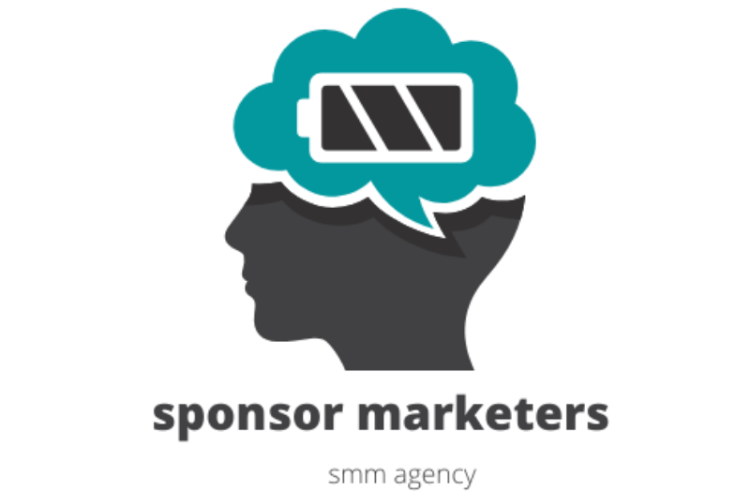The pandemic forced people to stay at home for months. That meant that they were increasingly using their smartphones to communicate with friends and family members in new ways. As we started working from home, many of us became more dependent on social media as our primary source of news and information. Whether or not traditional marketing tactics, such as ads or billboards in public spaces, are effective, they remain important when it comes to generating awareness about your brand. But if you're looking for tips on how to get started using Facebook advertising to connect with customers, here are some great ideas that won't break the bank.
Know your audience's needs
The first step to developing an effective strategy is understanding who you want to reach in order to ensure you're targeting the right customers. Once you know this, you can build targeted campaigns around specific demographics. You want to make sure you're meeting people where they're already spending time online, where they're more likely to engage with you.
To find these users, analyze your analytics, Facebook Ads Manager or another tool, then click the "Audience" tab in the top bar in the left-hand corner, which will show you any activity related to your audience. It can also help you determine whether there are groups within your target audience you want to explore further. Some useful insights that come out of analyzing your data include:
When was this audience active? What kind of content do they like?
What type of posts do they like seeing? Are they interested in what's trending nowadays or have they grown up with technology?
What kinds of engagement do they like interacting with them about? Do they prefer video calls, live chats, phone calls or messaging apps like WhatsApp?
What do they want to see? Is this niche something you want to be part of yourself? Or would anyone be interested in hearing from you? If so, how am I attracting potential buyers?
Where exactly do they spend time online when they're doing these activities? So, instead of sending your client directly into a sales funnel, try creating a series of interactive ads in different formats (such as videos or short messages) based on their interests and behavior online. These types of advertising deliver more impact because they target specific times that most of your website visitors look at the internet, increasing your chances of having someone stop and buy a product. This means that even if you only send emails once every three weeks, you might see several conversions that are worth thousands of dollars—that's just one example!
Find a way to interact with your audience
Once you've determined which groups you want to target through ad campaigns, it's time to think about how you're going to get them there. There are several different approaches you can take when reaching out to your audience, including:
Building community and interaction by inviting them along for coffee or lunch, making it easy to give feedback about the products or services you sell
Attending industry events or conferences where brands can meet other entrepreneurs and ask questions about products and services
Engaging in influencer marketing by encouraging others in similar communities to share content about your company and products
All of these actions go a long way toward building relationships with interested consumers that could lead to loyal customers.
Create compelling content
Content curation is crucial to the success of any marketing campaign. Using tools like Sprout Social makes it easier than ever to discover, create and distribute highly engaging content that engages your audience online. Whether you're launching a blog or podcast, starting your own YouTube channel, creating a landing page for newsletter signups or sharing updates on Instagram, there's no reason why your content shouldn't be valuable and relevant to your audience's specific goals.
Even though podcasts and blogging aren't considered low cost platforms, they still require a lot of effort to produce quality content that resonates with your audience. Make sure you consider publishing both written and audio content that is consistent with your overall brand tone. Finally, keep the following considerations in mind when producing content:
Use clear titles and headings
Use subheadings for easily accessible sections of text
Use bullet lists and numbered lists
Write to a conversational voice so that your audience can hear
Use images and infographics to provide visual content
Use rich multimedia elements such as animations, infographics and photos in your articles
Consider adding links to external websites and social networks to drive traffic to your site
Take note of your competition
If you want to grow, you need to know who your competitors are and how they attract attention online. One way to do this is to track the performance metrics of people who have been mentioned in your area's local newspaper. Compare your results to see who you stand against and see how the strategies they use differ from yours. When you understand how well others are promoting themselves, it helps you gauge your audience's level of interest in your services. After all, it's unlikely you want to become an expert overnight; you want to start small and work up to becoming recognized as an authority figure! Consider taking a look at the following metrics to learn more about each service you offer:
Number of unique views per post
Number of comments per comment
Number of likes per photo
Number of shares per message
Number of clicks that led to purchase
For more details you can refer to my article How To Use Google Analytics And Understand Your Competition In 2022.
Build loyalty with personalized email marketing
While email marketing isn't the cheapest strategy out there, it still has benefits that are worth taking into account. Email content should deliver real value to your readers, so you want to tailor the content they receive based on their interactions with your brand. Try writing email campaigns with different templates based on user behavior. Then consider choosing your own name at the end of the subject line to let recipients know at the beginning of the email that they've landed on the wrong piece of content. Not only does this increase your likelihood of getting opened, but it's also less formal. Plus, it provides a sense of familiarity for readers because they know what email you used is coming from you. Lastly, this allows you to test your email to see which emails deliver the best response. With personalized messaging, you can better craft your messages for each individual subscriber, which could mean better engagements and ultimately, increased revenue!



0 Comments